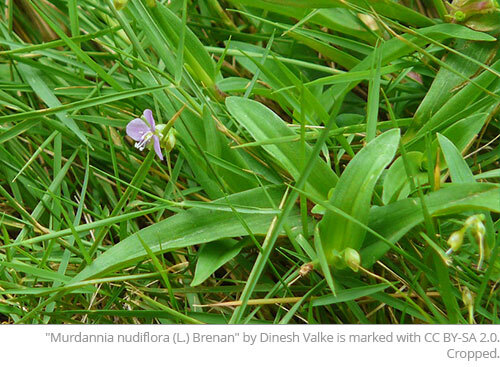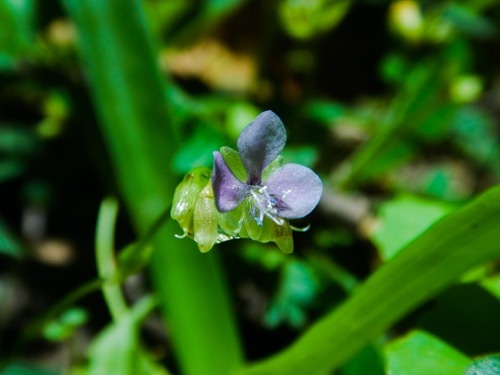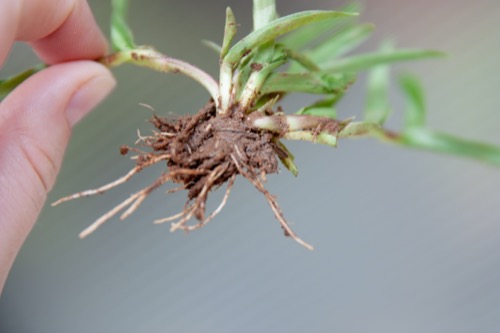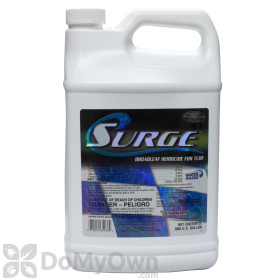What Is Doveweed?

Doveweed is a summer annual weed in the dayflower family. This weed is commonly found in residential and commercial lots across the Southeastern states from North Carolina to Texas and down through Florida. If you're wondering how do you identify dove weed, doveweed looks like a thick, grass-like weed.
Doveweed Height

Doveweed grows low to the ground and can be overlooked among certain turfs--especially centipedegrass or St. Augustinegrass. Doveweed stems may grow as tall as 12 inches, but are usually not visible in that manner. The stems tend to form mats as the creeping stolons spread and produce more root-forming nodes.
Doveweed Shape
Doveweed stems often resemble those of a grass. Fleshy, creeping stems grow from nodes along the ground and spread horizontally. Doveweed leaves are long (up to 4 inches) and not very wide, with a narrow point at their tips. The leaves are thick with a shiny finish.
Leaves and Flowers on Doveweed

The leaves of the doveweed plant are long, narrow, and shiny in finish. The plant also produces clusters of short stalks displaying purple flowers with three petals.
Doveweed Roots

Doveweed plants take root at multiple nodes across the affected area, with horizontal creeping roots called stolons connecting the nodes and allowing for aggressive plant spread.
New doveweed plants can grow from fragments of broken roots and stems that have been spread to nearby areas by mowing and other activity, making control of this plant more difficult once established.
When Does Doveweed Grow?
Being a summer annual weed, doveweed will usually germinate and grow more visibly in the late spring and early summer when soil temperatures are between 65 and 70 degrees F.






